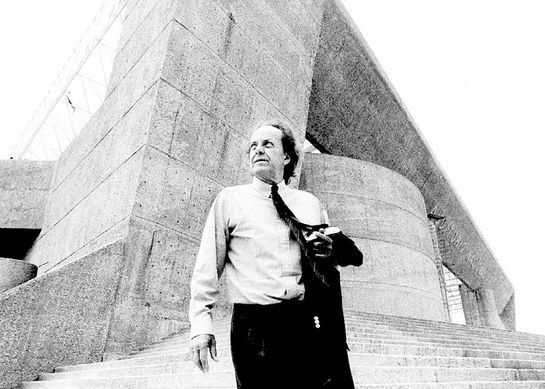The Story of Abraham Zabludovsky and His Impact on Mexico's Buildings
Discover the life and work of Abraham Zabludovsky, the visionary architect whose designs transformed Mexico's built environment. From public buildings to housing development, Zabludovsky's functional and culturally sensitive designs continue to inspire architects and urban planners today.





